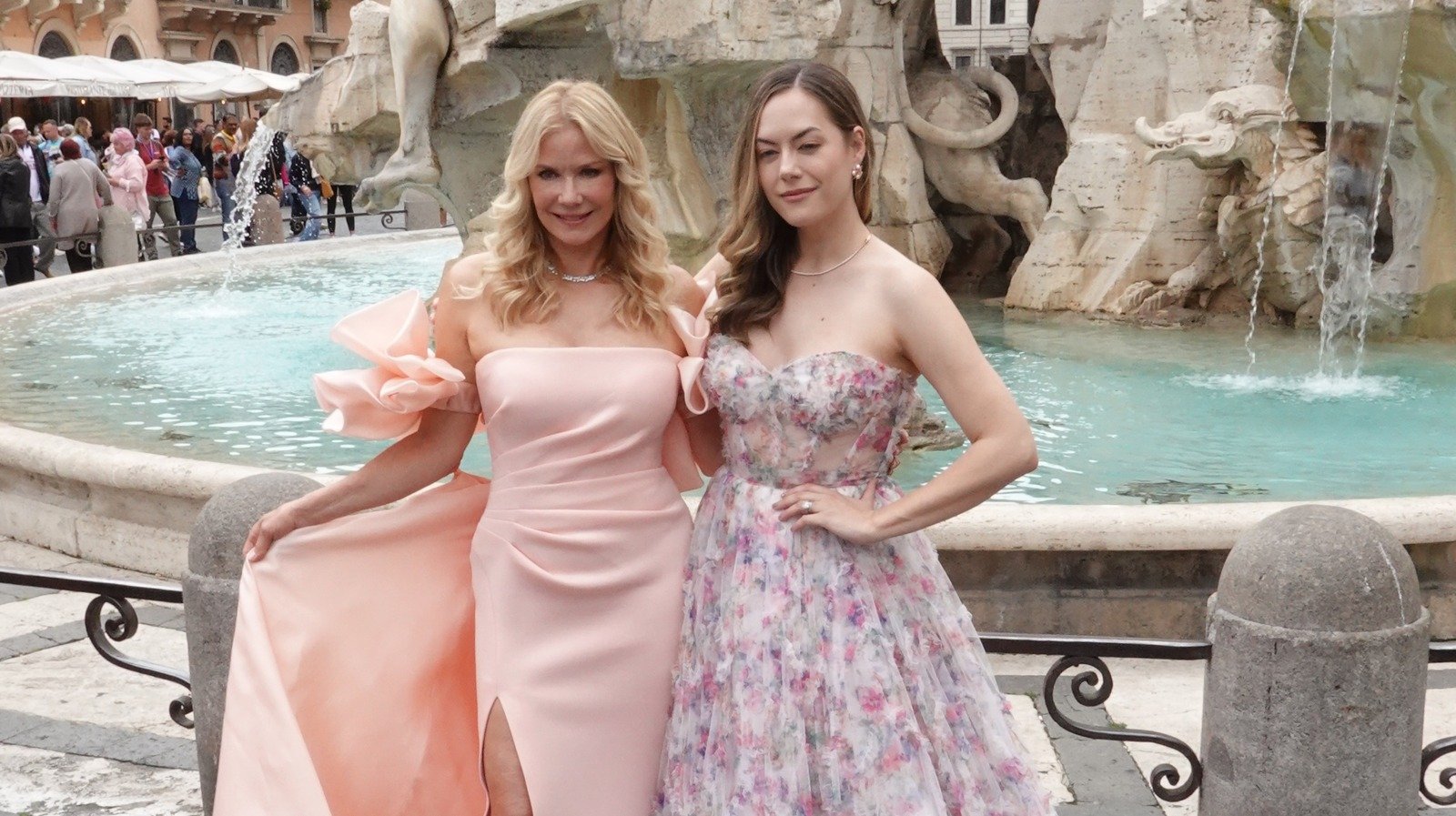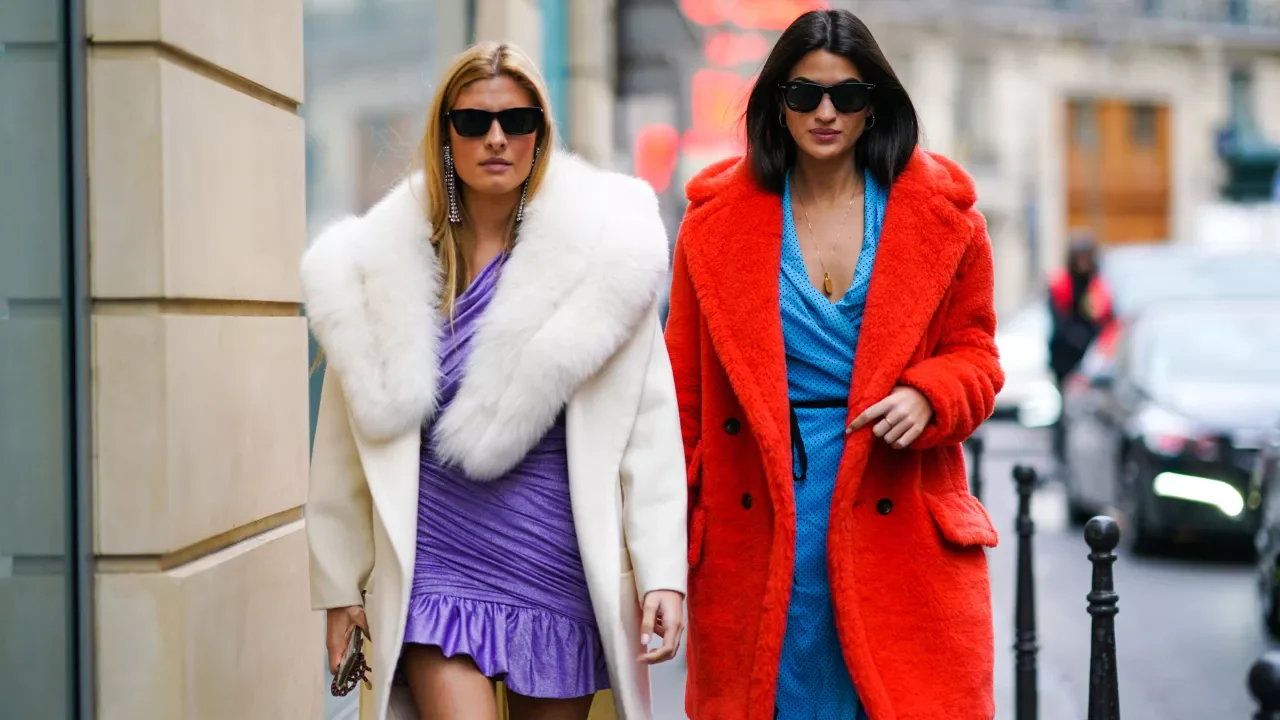Introduction: A Fashion Faux Pas Sparks Debate
In February 2019, Danish fashion brand Ganni, a darling of the global style set, found itself at the center of a firestorm. Its Autumn/Winter 2019 show, titled “Life on Earth,” was meant to celebrate sustainability and the evolution of the “#GanniGirl” during Copenhagen Fashion Week. Instead, it ignited widespread criticism for what many called a “tone-deaf” and “exploitative” presentation. Models strutted down the runway in colorful silk dresses and puffer jackets, set against a backdrop of photographs by National Geographic photojournalist Ami Vitale, depicting underprivileged women in developing countries like India and Sri Lanka. The juxtaposition struck a nerve, prompting accusations that Ganni had fetishized marginalized women as mere aesthetic props.
The backlash, led by New York-based blogger Anaa Nadim Saber, sparked a broader conversation about representation, privilege, and accountability in fashion. Ganni issued an apology, acknowledging the “sensitivities” it had breached, but the incident raised lingering questions about the industry’s blind spots and its use of buzzwords like “diversity” and “sustainability.” This article examines the controversy, Ganni’s response, and the lessons it holds for fashion’s ongoing reckoning with inclusivity and ethics.
The Show That Shocked Copenhagen
Ganni, founded in 2000 and revitalized by husband-and-wife duo Ditte and Nicolaj Reffstrup in 2009, had become a Copenhagen Fashion Week staple by 2019. Known for its playful, Scandi-chic aesthetic—think bright knits, animal-print skirts, and glittery gowns—the brand had cultivated a cult following among influencers like Alexa Chung and Bella Hadid, amassing over a million Instagram followers. Its Fall 2019 show promised to continue this legacy, with a focus on sustainability and the global #GanniGirl, a term encapsulating the brand’s diverse, confident consumer base.
The “Life on Earth” collection was vibrant and eclectic, featuring watercolor-inspired dresses and leather gloves. But it was the set design that stole the spotlight—and not for the right reasons. Giant screens displayed Vitale’s photographs, which included images of women in headscarves and children wading through water in countries like Bangladesh. The images, meant to reflect “the beauty of life on earth” and “diversity and connectivity,” instead created a stark contrast with the mostly white, thin models parading in expensive clothing. Critics argued that the backdrop reduced these women to decorative elements, stripped of agency and context.
New York blogger Anaa Nadim Saber was among the first to call out the show. In a scathing Instagram post, she accused Ganni of “fetishizing underprivileged women in developing countries” and using them as “props and marketing tools.” She wrote, “This was not a platform for these marginalized women to get representation; they were not treated as humans with agency and with stories of their own to tell. Instead, they are shown through the ‘white’ gaze, reduced only to their aesthetic value.” Saber’s post, liked over 2,000 times, resonated widely, with comments like, “So so so tired of seeing exploitation and profitisation off of POC from companies that have no relation to them.”
The Criticism: A Call for Accountability
Saber’s critique went beyond Ganni, targeting systemic issues in the fashion industry. She highlighted the irony of a brand championing sustainability while seemingly ignoring the human cost of its practices. “It is exactly women like the ones in these pictures that are worst affected by our industry: poor wages and terrible working conditions in sweatshops that manufacture clothing for many western brands,” she wrote. Her post questioned how images of underprivileged women aligned with the theme of sustainability and whether they received any compensation—a point Ganni did not address.
The criticism also pointed to a lack of diversity in Ganni’s team and runway. Copenhagen Fashion Week 2019 was notably homogenous, with few non-white, plus-size, or disabled models. Saber argued that building diverse teams is critical to avoiding such missteps, accusing the industry of tossing around buzzwords like “diversity, inclusivity, and sustainability” without meaningful action. The show’s reliance on Vitale’s images, framed through what Saber called a “white gaze,” underscored a colonial mentality that objectified women of color for aesthetic appeal.
The backlash wasn’t just about optics. It exposed a deeper disconnect in Danish fashion culture, which has long promoted itself as progressive on sustainability but often overlooks cultural and social inclusivity. Ganni, as Denmark’s breakout international brand, bore the weight of representing Scandinavian fashion globally, making its misstep particularly egregious. As Scandinavia Standard noted, “Ganni saw these images as essentially aesthetic. People, however, are not an aesthetic.”
Ganni’s Response: Apology and Reflection
Facing mounting criticism, Ganni responded swiftly but cautiously. In a direct message to Saber, the brand explained its intent: “We sourced hundred[s] of Ami’s acclaimed photographs to be a part of the show set design. The images were chosen to reflect Ami’s body of work and how she is always living the stories she tells with her images and conveying with a positive message.” The message highlighted images of pandas and a white rhino, suggesting a broader focus on “all elements of nature,” but failed to directly address the human subjects.
In a public statement to Refinery29, Ganni elaborated: “At Ganni it is always our mission to celebrate women around the world. For the Ganni FW19 show, we drew inspiration from the beauty of life on earth and wanted to portray the diversity and connectivity we share on this planet. To illustrate this, we collaborated with photographer Ami Vitale on our set design. While well intentioned, we now understand the sensitivities we’ve broached by showing our collection within the context of these images.” The brand issued a formal apology, stating, “We sincerely apologize for this, as it was never our intention. We will learn from this mistake and we promise to turn your invaluable insight into action so that we can do better in the future.”
Ami Vitale also responded, telling Insider she was “deeply sorry” and planned to donate 100% of her earnings from the collaboration to the communities she photographed. However, neither Ganni nor Vitale clarified whether the women in the images were compensated or consented to their use in a commercial context, a key point of contention.
Critics found Ganni’s response lackluster. The apology acknowledged the error but leaned heavily on intent, failing to outline concrete steps for change. The brand’s emphasis on Vitale’s broader portfolio (e.g., animals) sidestepped the specific issue of human representation. As Saber noted, the incident reflected a broader industry pattern of exploiting marginalized groups while claiming progressiveness.
The Broader Implications: Fashion’s Reckoning
The Ganni controversy was not an isolated incident but part of a larger reckoning in fashion. In 2018, Dolce & Gabbana faced backlash for an ad campaign mocking Chinese culture, and Prada withdrew products resembling blackface imagery. These missteps underscored the industry’s struggle to navigate cultural sensitivity in a globalized world. Ganni’s show, coming on the heels of such scandals, highlighted the need for systemic change beyond apologies.
1. Diversity in Decision-Making
Saber and others emphasized that diverse teams are essential to avoiding tone-deaf decisions. Had Ganni included voices from the communities depicted, the backdrop might have been reconsidered. Copenhagen Fashion Week’s lack of non-white designers and models further compounded the issue, reflecting a broader Danish blind spot on cultural inclusivity. Brands must prioritize diversity not just in casting but in leadership, design, and marketing to ensure authentic representation.
2. Ethical Use of Imagery
The use of Vitale’s photographs raised ethical questions about consent and compensation. Fashion brands often borrow imagery from marginalized communities without acknowledging their agency or contributions. Ganni’s failure to address these concerns fueled perceptions of exploitation. The industry needs clearer guidelines on using such imagery, ensuring subjects are respected and fairly compensated.
3. Sustainability vs. Social Responsibility
Ganni’s “Life on Earth” show aimed to highlight sustainability, but the backlash exposed a disconnect between environmental and social responsibility. As Saber noted, the women depicted are often the “worst affected” by fashion’s labor practices, yet their stories were sidelined. Brands like Ganni, which achieved B Corp certification in 2022 and pledged to halve emissions by 2027, must align their social impact with their environmental goals.
4. Accountability and Action
Ganni’s apology promised to “do better,” but critics sought tangible commitments. Subsequent actions, like supporting emerging designers through Copenhagen Fashion Week’s NewTalent program in 2024, suggest a shift toward community investment. However, the brand’s 2023 show, which used non-biodegradable confetti, drew further scrutiny, indicating that accountability remains a work in progress.
Ganni’s Evolution: Learning from Mistakes
Since 2019, Ganni has taken steps to address criticism. Its 2021 Responsibility Report claimed 92% of its Spring/Summer 2022 collection used organic, lower-impact, or recycled materials, and the brand achieved 30 of 44 environmental goals. In 2024, Ganni paused its Copenhagen Fashion Week show to support emerging Nordic designers, a move praised for fostering inclusivity. Collaborations with diverse talents like Priya Ahluwalia and Ester Manas further signal a commitment to broader representation.
However, challenges persist. The brand’s avoidance of the term “sustainability” in favor of “responsibility” reflects an awareness of its limitations, but critics argue it must provide more evidence of social impact. Ditte Reffstrup’s 2025 comments about admiring “fearless” young designers suggest a focus on innovation, but the brand must ensure these values extend to cultural sensitivity.
Conclusion: A Lesson in Listening
Ganni’s 2019 Copenhagen Fashion Week show was a misstep that exposed the fashion industry’s complex relationship with representation and responsibility. The criticism, led by voices like Anaa Nadim Saber, forced the brand to confront its blind spots and sparked a broader dialogue about who gets to tell whose stories. Ganni’s apology, while imperfect, marked a starting point for reflection and change.
The incident remains a cautionary tale for fashion brands navigating a world that demands authenticity and accountability. As Ganni continues to evolve—balancing its Scandi-cool aesthetic with ethical commitments—it must listen to its critics, diversify its perspectives, and ensure its actions match its aspirations. In doing so, it can redefine what it means to be a global #GanniGirl, one who wears her values as boldly as her bright knits.





Leave a Reply